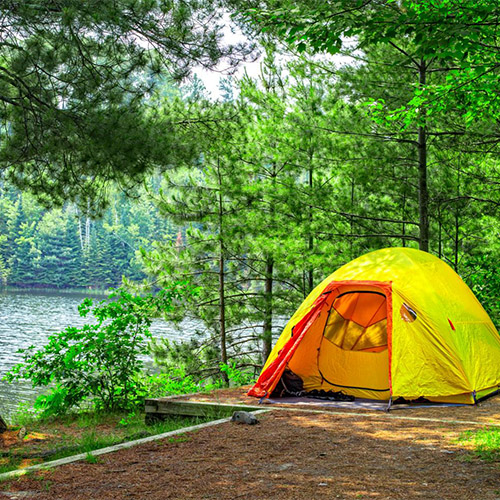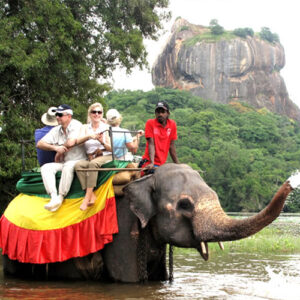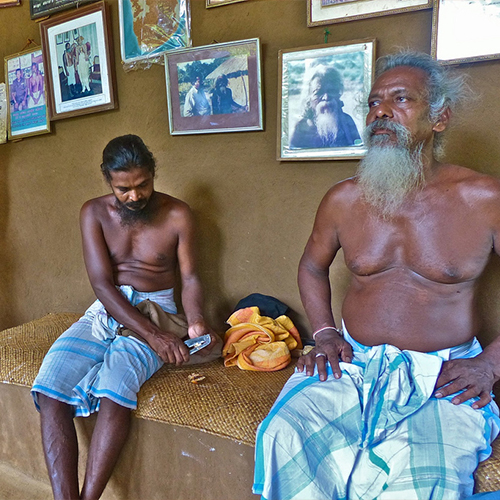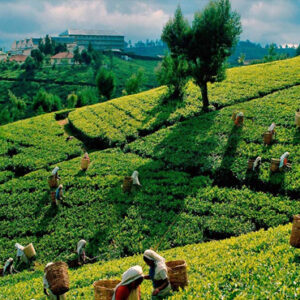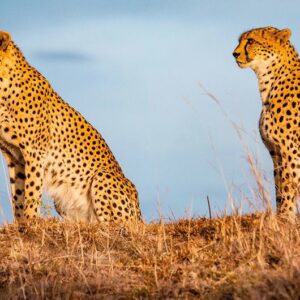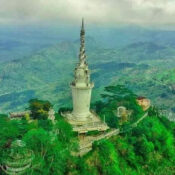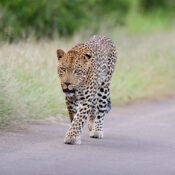Medicinal Plant Gardens in Sri Lanka
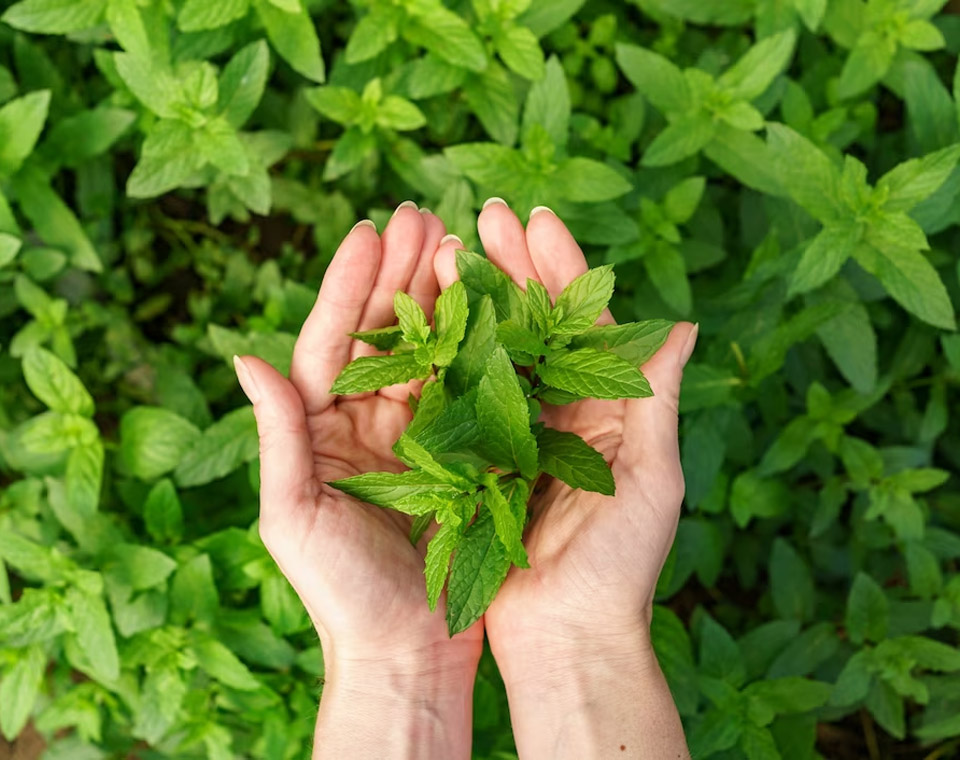
Medicinal Plant Gardens in Sri Lanka
Historical evidences do reveal that 60000 years ago Aborigine people who lived in Australia, and
30000 years ago the Balangoda man who lived in Sri Lanka did depend on herbal medicine to
treat their illnesses. Excavation evidences do also reveal In Iran 60000 years ago that medicinal
plants have played a vital role in treating the ill..
Asian Ayurvedic medical history do carry enough evidence to prove that they have used more than 130 varieties of plants to treat patients. In ancient Egyptian medicinal historians have found about 877 prescriptions made out of plants of high medicinal value. The Mesopotamian history reveals enough acceptable evidences to prove the knowledge they carried on medicinal plants.
In 1800 AD King Hammurabi from Babylonia had maintained a medicinal plant garden which had a collection of 64 varieties. Sardinians had maintained a list of over 250 varieties of plants which had a very high healing power. Sumerians had maintained a list of over 1000 medicinal plants in the period
of 772-710 AD. History do reveal that Ibn Cordoba an Arab traveler had carried Jinsin a sexual
stimulant from China during the period of 980-1037AD.
Father of modern western medicine Hippocrates did believed in Vis Medicare Nature, which concentrated on the healing power of Plant Medicine, did give birth for the glossary of De Metria Medica written by an Greek Army Dr. Dioscordes during 40-90 AD. This is supposed to be the first book written on the healing power of plants in the world which carried information on 600 plants. An explorer Pilny the Elder did write a book in Europe ‘Doctrine of Signature’ which revealed the link between the external features of plants which was known as the ‘Gods Signature’ to human internal organs. These facts do exhibit that there was a very significant belief in plant geodes in other European cultures too.
In the pre historic era the Catholic Church banned the information pertaining to the healing power of medicinal plants, but they were restored and got preserve in churches. They had their own plant medicinal storages, and they were known as “officina”. The derived Latin term “OFFICINALIS” still exist in certain medicinal plants scientific name ends, because those plants did have stored in the church medicinal plant stores which were known as “OFFCICINA”.
The Romans Dioscorides and Glaen in their medical and Botanical studies wrote 5 books on their researches and the book De MATERIA Medica did serve researchers and medical personalities in Europe providing information on medicinal plants for more than 1600 years. Glaen the other Greek herbalist wrote the book “De Simplicibus” which consisted very valuable information on medicinal plants. The following books were written during 500AD to 1500Ad.
| Her barium of Apuleius | 500 AD |
| Leech Book of the Bald | 955AD |
| Antidotarium Salernitanum | 1125AD |
| Causadet Curae | 1200AD |
| Herbarium Magintinae Impressus | 1458AD |
| Ortus Sanitatus | 1491AD |
| Le Grand Herbier | 1500AD |
The political and social up liftment in mid-16 th century gave birth for more useful and valuable information in a printed form for the herbalists. The text are as follows.
The Greek herbalists were known as “KOMBOYANNITES” and later this term was used to address the quack doctors as a sarcastic term. In this era the botanical studies developed so fast and the subject botany was mostly concentrated for the study of medicinal plant s, and due to this trend in Europe the “Pharmacognosy” experienced a rapid growth as a subject.
This era experienced the growth of subjects like “Medical Botany” and “Botanical Medicine” which gave birth for “Homeopathy” in Europe. Last decade in the United Kingdom researchers gave birth for the “British Herbal Pharmacopiae” which was considered as an important point in the study of medicinal plants. The book written on Chinese medicinal plants by Chinese Emperor Shen Nong Pen T’aso Jing who was also known as Di Huang is considered the oldest Chinese text. This text concentrated on 365 plants during 200AD. Later period this text was more concentrative in the field of Alchemy and same emperor enhanced the number of plants up to 730.The Chinese medicinal evolution did carry a list of 11000 medicinal plantprescriptions during the period 1644-1892 under the guidance of King Kwong.
| Bancke’s Herbal | 1525AD |
| Greta Herbal | 1526AD |
| Turner’s Herbal | 1560AD (William Turner) |
| Fuch’s Herbal | 1560 (Leonard Fuchs) |
| Aztec Herbal | 1552(Martin De La Cruz) |
| Pempatades | 1580(Rambert Dodoens) |
| Geard’s Herbal | 1597(John Geard) |
| Paradiri in Sole Terrestris | 1629(John Parkinson) |
| Culpeper’s Herbal | 1652(Nicolas Culpeper) |
| Simpling and Adam in Eden | 1656(William Coles) |
| The Complete Herbal of physical plants | 1664(John Pechey) |
Sri Lankan indigenous medical field derived from the northern Indian Ayurvedic structure and the study of medicinal plants does play a vital role. Most of the yester year monks who practiced herbal treatments for the needy have written a fair number of very important and valuable books for the future development of Ayurveda in Sri Lanka. E.g.; Ven.Sippikulame Dipankara Thero has written “Sirimal Niganduwa” and “Wanawasa Niganduwa”. Same time there had been secret text on medicinal plants which were written to secure the identity of certain endemic medicinal plants of Sri Lanka.
Mr. Alexander Moon, who served as the Peradeniya Botanical Garden curator from 1817 to 1825 in 1824 published a book “Indigenous and Exotic Plants Growing in Ceylon “which gave an European exposure for our medicinal plants in Europe. Another British civil servant who lived from 1839 to 1887 Mr. William Ferguson, in 1863 wrote several books on Sri Lankan plants, in 1863 Timber Trees of Ceylon , 1880 The scripture Botany of Ceylon, Description of Palmyrah Palm, Notes of Ceylon Ferns and Enumeration of Ceylon Grasses were of great importance for the study of medicinal plants in Sri Lanka.
The late Peradeniya Botanical Garden curator Dr.George Gardner did research on plants and after his death Dr.Henry Tryman did include the findings of Dr.Geoege Gardner to his writings on “Flora of Ceylon”. Mr.Haramanis de Alwis Seneviratna did publish his findings on medicinal plants and drawings of medicinal plants on Dr.George Gardner’s “Flora of Ceylon” book series. Mr. George Wall did a study of furns in 1873 and gave birth to the book “Flora of Ceylon”. The Peradeniya botanical garden Director Dr.Henry Triman in 1879 with the findings of British scientists Mr.Twestsy and Mr.Hermon did publish a 5 series “Catalogue of Furns Indigenous to Sri Lanka in 1889, and he departed in 1893, on his book “Hand book ofFlora of Ceylon”. This consisted of Mr. George Henry Kendric Kweisy did a study of vegetable
plants in Ceylon.
Just after 1950 Sri Lankan Botanists have done lot of research about medicinal values of plants in Sri Lanka headed by Prof.B.A.Abeywickrama and he has written fair number of books in this subject which included a scientific study. The books are as follows.
| A check Pteridophytes of Sri Lanka | (1956) |
| A provincial check list of the flowering plant of Ceylon | (1959) |
| The Genera of the fresh water Algae of Sri Lanka | (1959) |
| A check list of mosses of Sri Lanka | (1960) |
Mr.Henry Triman who (1893-1900) wrote “Hand Book To The Flora of Ceylon” underwent a lot of alteration by Mr.A.H.G.Aliston in 1932 and later in 1959 Prof.B.A.Abeywickrama did the scientific study on the text and presented “Updated Check list to the Flora of Ceylon” and this made a significant contribution for the study. In 1970 Botanist Prof.R.N.D.Fonseka, Mrs.Vinasathambi and Botanist Prof.Balasubramanium did present the book “Scientific Glossary of plants” which served the researchers till year 2000.
In 1967 American Smith Sonian Institute with the help of Prof.Fosberg, Prof.B.A.Abeywickrama, Dr.J.W.L.Pieris, Mr.D.M.A.Jayaweera, Prof.M.D.Dissanayaka, Mr.K.L.D.Samaratunga did give birth to 17 volume book “A Revised hand book to the Flora of Ceylon” which was published in 1999. The book “Medicinial Plants used in Ceylon” pari 1 – 5 written by Mr.D.M.A.Jayaweera was prsented during 1979-1982 and is considered as the first scientific study of the subject.Ministry of Aurvedha in the period of 1976-1982 published a series of texts funded by the UNHCR and consisted of 4 volumes.
In 1977 April in Colombo the WHO organized and funded the first South Asian conference and decided to implement Indigenious Medical research based on Medicinial plants and a fund was allocated for research, re plantation of Medicinial plants, and restotion. In 1977 May the 30 TH UNHCR conference decided to do research on traditional Medical techniques which recommended research and training in the South Asian region.
In 1978 UNHCR did implement a legal frame work to restore Medicinal Plant in the South Asian region and was informed to all the member countries, and in 1987 the restotion of regional policy was tabled. This gave rise for a National and international Policy for all member countries for restorting Furn and Flora in respective regions. There had been lot of research papers written on this subject and CISIR did publish the book on “The Wealth of Indian raw Materials” volume 1-10 with the intention of enhancing knowledge in the above subject. The moto was to educate the students and the public and restore the plants for research, study and restoration for the unborn future generation who will do the rest for the betterment.



